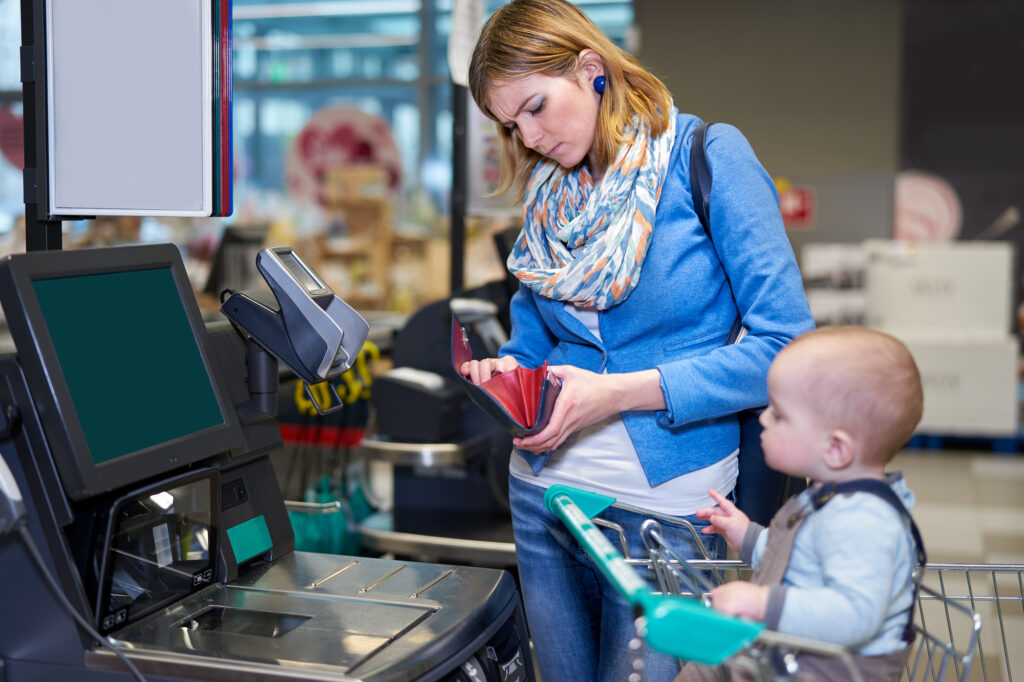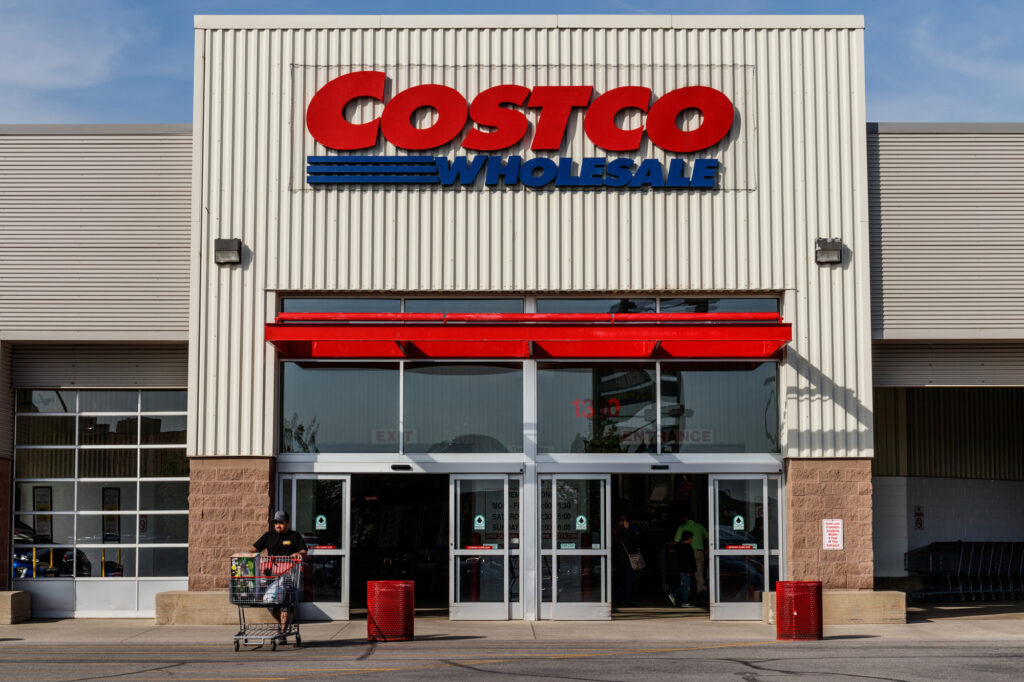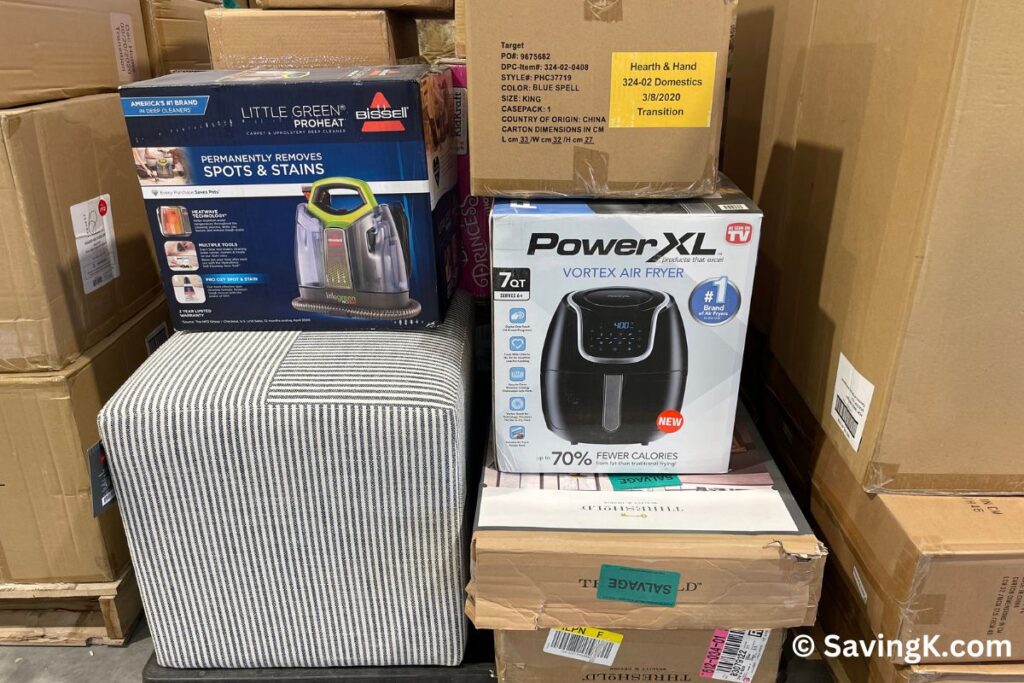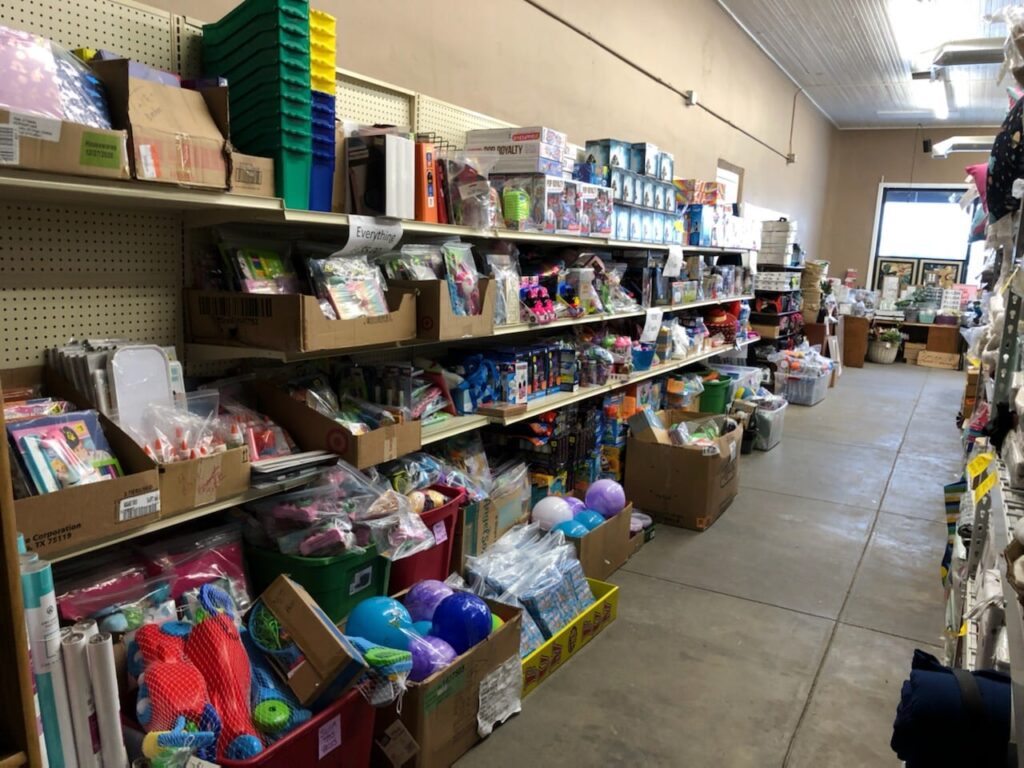
In recent years, self-checkout lanes have become a common feature in retail stores, promising faster checkout experiences and increased convenience for shoppers. But as this technology continues to evolve, questions arise about the actual benefits it provides to consumers and the potential implications for the future of retail work. Are shoppers truly saving time and money, or are there hidden costs to consider? And could we be moving towards a retail landscape where self-checkout becomes the dominant option, driven by cost-saving motivations for store owners?
Contents
The Promise of Self-Checkout
At first glance, self-checkout seems like a win-win solution. Shoppers can grab items, scan them, and pay without waiting in long lines or interacting with cashiers. This convenience can indeed save time, especially for those with just a few items to purchase. Additionally, self-checkout can offer a degree of privacy, particularly for shoppers who prefer to keep their purchases to themselves.
Proponents of self-checkout also argue that it can lead to cost savings for consumers. With fewer human cashiers to pay, stores might pass on these savings to shoppers through lower prices. However, this aspect of the equation is not always straightforward. While it’s possible that reduced labor costs could translate into lower prices, other factors, such as technology maintenance and investment, might counterbalance these potential savings.
The Hidden Costs
Despite the apparent benefits, the economics of self-checkout isn’t as clear-cut as it seems. One of the main criticisms is the learning curve associated with the technology. Not everyone is comfortable with scanning and bagging their own items, which can lead to frustrations, mistakes, and the need for store employees to step in and assist. This could potentially negate the time savings initially promised by self-checkout.
Moreover, there’s a social aspect to consider. Many shoppers appreciate the human interaction that comes with traditional cashier-assisted checkout. For some, this interaction adds value to the shopping experience, making it feel more personalized and welcoming. The absence of human cashiers could lead to a less enjoyable shopping environment for these customers.
The Future of Self-Checkout and Retail Work
The question of whether self-checkout will become the dominant checkout method raises concerns about the future of retail work. It’s true that as technology advances, stores might be inclined to shift towards automation to reduce labor costs. However, there are important considerations to bear in mind.
Firstly, while self-checkout might be suitable for certain transactions, there will likely always be a demand for cashier-assisted checkout, particularly for larger purchases or when technical issues arise. Second, the human touch is invaluable in providing customer service, resolving issues, and creating a positive shopping atmosphere. Completely phasing out human workers could risk diminishing the overall shopping experience, potentially leading to a decline in customer loyalty.
Furthermore, the total elimination of cashier positions could have wider societal implications, particularly in terms of employment. Retail jobs often serve as entry-level positions for individuals entering the workforce, offering opportunities to develop skills and earn income. A rapid shift towards automation could lead to job losses, potentially exacerbating unemployment and income inequality.
It’s not for Everyone
Small “mom and pop” shops, such as liquidation stores, cherished for their personalized service and community connections, often face challenges when considering the adoption of self-checkout technology. The financial burden associated with upgrading to self-checkout systems can be particularly daunting for these smaller businesses. The initial investment costs for purchasing and installing the necessary equipment, as well as training employees and maintaining the technology, can strain limited budgets.
Moreover, the transition to self-checkout might alter the intimate and personable shopping experience that these establishments are known for, potentially distancing them from their loyal customer base. While self-checkout offers efficiency and convenience, it’s important to recognize the unique circumstances of small businesses and ensure that any technological advancements align with their values and economic realities.
Amidst the wave of self-checkout adoption, the charm and allure of personalized service remain invaluable assets for “mom and pop” shops. These businesses have an inherent ability to cultivate strong customer relationships through face-to-face interactions, attentive assistance, and a deep understanding of individual preferences.
For those who value the warmth of a familiar smile, a friendly chat, and the sense of belonging that comes with shopping at a neighborhood store, the absence of self-checkout might even be seen as an advantage. In a world that’s increasingly digitized and automated, the human touch becomes a rare commodity, and small businesses can capitalize on this by offering an authentic and memorable shopping experience that stands out from the impersonal convenience of self-checkout.
Self-Checkout FAQs
Here are some frequently asked questions about self checkout.
Can you steal from self-checkout?
I must emphasize that stealing is illegal and unethical in any context, including self-checkout. Self-checkout systems are designed to facilitate honest transactions, and attempting to steal from them is both against the law and a breach of trust.
That said, self-checkout systems have their vulnerabilities, and mistakes can happen inadvertently. For instance, a customer might accidentally fail to scan an item or encounter technical glitches that result in inaccuracies. However, knowingly taking items without paying for them constitutes theft, regardless of whether it happens at a traditional checkout counter or a self-checkout station.
It’s important to act ethically and responsibly while using self-checkout systems or any other payment method. If you encounter difficulties during the checkout process, it’s best to seek assistance from store employees to ensure that all items are properly accounted for and paid for.
How common is theft at self-checkout?
The issue of theft at self-checkout systems is a concern that has been discussed and studied by retailers, researchers, and experts in the field. However, it’s challenging to provide an exact figure for the prevalence of theft at self-checkout, as the data can vary based on different factors such as the store’s location, the technology used, and the effectiveness of security measures.
Several studies and surveys have attempted to calculate the extent of theft at self-checkout. While the numbers can vary, some trends and insights have emerged:
- Variability: Theft rates at self-checkout can differ significantly between stores, regions, and types of products. Some studies suggest that theft rates can be higher for certain types of items, like produce or small high-value items, compared to others.
- Underreporting: Due to the challenges of detecting and preventing theft at self-checkout, some researchers believe that theft incidents might be underreported. Not all instances of theft are caught or documented, making it difficult to confirm the true extent of the problem.
- Employee Vigilance: The presence of store employees who monitor self-checkout areas can deter theft. When employees are actively engaged in overseeing self-checkout transactions, it can reduce the likelihood of customers attempting to bypass payment.
- Customer Behavior: Factors such as the design of the self-checkout area, ease of use, and customer awareness of security measures can impact theft rates. If customers perceive the system as easy to manipulate or feel that they are not being closely monitored, it might encourage theft attempts.
- Technology Improvements: Retailers continue to invest in improving self-checkout technology to address vulnerabilities and enhance security features. These improvements aim to make it more difficult for customers to engage in theft or fraudulent behavior.
- Educational Campaigns: Some retailers have implemented educational campaigns to raise awareness about the consequences of theft and fraudulent behavior at self-checkout. These campaigns can serve as deterrents.
While theft at self-checkout is a concern, it’s essential to approach this issue with a balanced perspective. Many customers use self-checkout systems responsibly, and the technology has benefits beyond just reducing theft. Self-checkout can increase efficiency, convenience, and customer choice, and it can also free up store employees to focus on other customer service tasks.
Retailers are continuously working to find ways to minimize theft at self-checkout through a combination of technology improvements, employee training, surveillance, and customer education. The goal is to strike a balance between providing a seamless and convenient checkout experience for honest customers while deterring theft and fraudulent behavior.
Why is self checkout bad?
Whether self-checkout is considered “bad” depends on various perspectives and specific situations. Self-checkout systems have both benefits and drawbacks, and what might be considered a disadvantage to one person could be seen as an advantage to another. Here are some common reasons people might view self-checkout as having downsides:
- Technical Issues: Self-checkout systems can experience technical glitches, leading to frustration for both customers and store staff. Malfunctions can result in longer wait times and the need for employee intervention.
- Learning Curve: Some people find self-checkout systems confusing or unfamiliar, leading to errors in scanning, bagging, or payment. This learning curve can create stress for customers who prefer the simplicity of traditional checkout lanes.
- Job Loss: One of the most significant concerns is the potential impact on employment. As self-checkout becomes more prevalent, there’s a worry that traditional cashier jobs could be replaced, leading to job losses for human workers.
- Reduced Human Interaction: Self-checkout eliminates the personal interaction that comes with cashier-assisted transactions. For some shoppers, this interaction is an important part of the shopping experience, and the absence of it can make the process feel less welcoming.
- Risk of Theft: Self-checkout systems can be vulnerable to theft and fraud. Some individuals might exploit the system to intentionally or unintentionally underpay for items, leading to potential revenue losses for stores.
- Social Equity: Self-checkout may not be accessible or user-friendly for everyone. Elderly individuals, people with disabilities, or those who are not technologically inclined might face difficulties using these systems effectively.
- Loss of Jobs Skills: Entry-level retail jobs, such as cashier positions, provide valuable skills and work experience for individuals entering the job market. The decline of these positions due to automation could limit job opportunities for certain groups.
- Impersonal Shopping Experience: Some argue that self-checkout contributes to a more transactional and impersonal shopping experience. The absence of human interaction could impact the sense of community within a store.
- Checkout Process Speed: While self-checkout is often touted as being faster, this isn’t always the case. Inefficiencies, technical issues, and the need for assistance can slow down the process and result in longer wait times.
- Reduced Customer Service: In self-checkout scenarios, employees might be focused on monitoring the systems and assisting with technical issues rather than providing customer service on the sales floor.
It’s important to note that opinions on self-checkout can vary widely. Some people appreciate the speed and efficiency of self-checkout, while others may value the human touch of traditional checkout lanes. Ultimately, the impact of self-checkout depends on factors such as individual preferences, the store’s implementation of the technology, and how well it’s integrated into the overall shopping experience.
Can you use WIC at self checkout?
Whether you can use the Women, Infants, and Children (WIC) program benefits at self-checkout depends on the specific policies and capabilities of the store you are shopping at. WIC is a federal assistance program in the United States that provides nutrition support to eligible pregnant women, new mothers, and young children.
Some stores with self-checkout systems, such as Walmart, are equipped to process WIC benefits, while others, like Hy-Vee, might not have the necessary technology or processes in place to handle WIC transactions through self-checkout so you’ll need to check out with a cashier. In many cases, WIC transactions involve specific items that are eligible under the program, and these items need to be accurately accounted for during the checkout process.
If you are a WIC participant and wish to use your benefits at a self-checkout, it’s advisable to check with the store’s customer service or ask a store employee before beginning your shopping. They can provide you with information about whether WIC benefits can be used at self-checkout and guide you through the process if it’s possible.
Remember that WIC transactions often involve specific requirements and restrictions, so it’s important to ensure that the items you select are eligible under the program and that you understand the proper procedures for using your benefits.
Final Thoughts
In conclusion, the advent of self-checkout has introduced new dimensions to the shopping experience. While it offers undeniable convenience and potential cost savings, the overall impact on shoppers and the retail industry is more complex than meets the eye. Striking the right balance between technology-driven efficiency and preserving the human element of customer service is essential for the continued success of the retail sector.
As we move forward, it’s crucial for retailers to consider the preferences of diverse shoppers and recognize the broader societal implications of automation. The future of retail should not be solely about cost-cutting, but rather about creating a shopping environment that seamlessly integrates technology with the human touch, providing convenience without compromising the essence of what makes shopping an enjoyable experience.
Featured Image Photo Credit: DepositPhotos.com




